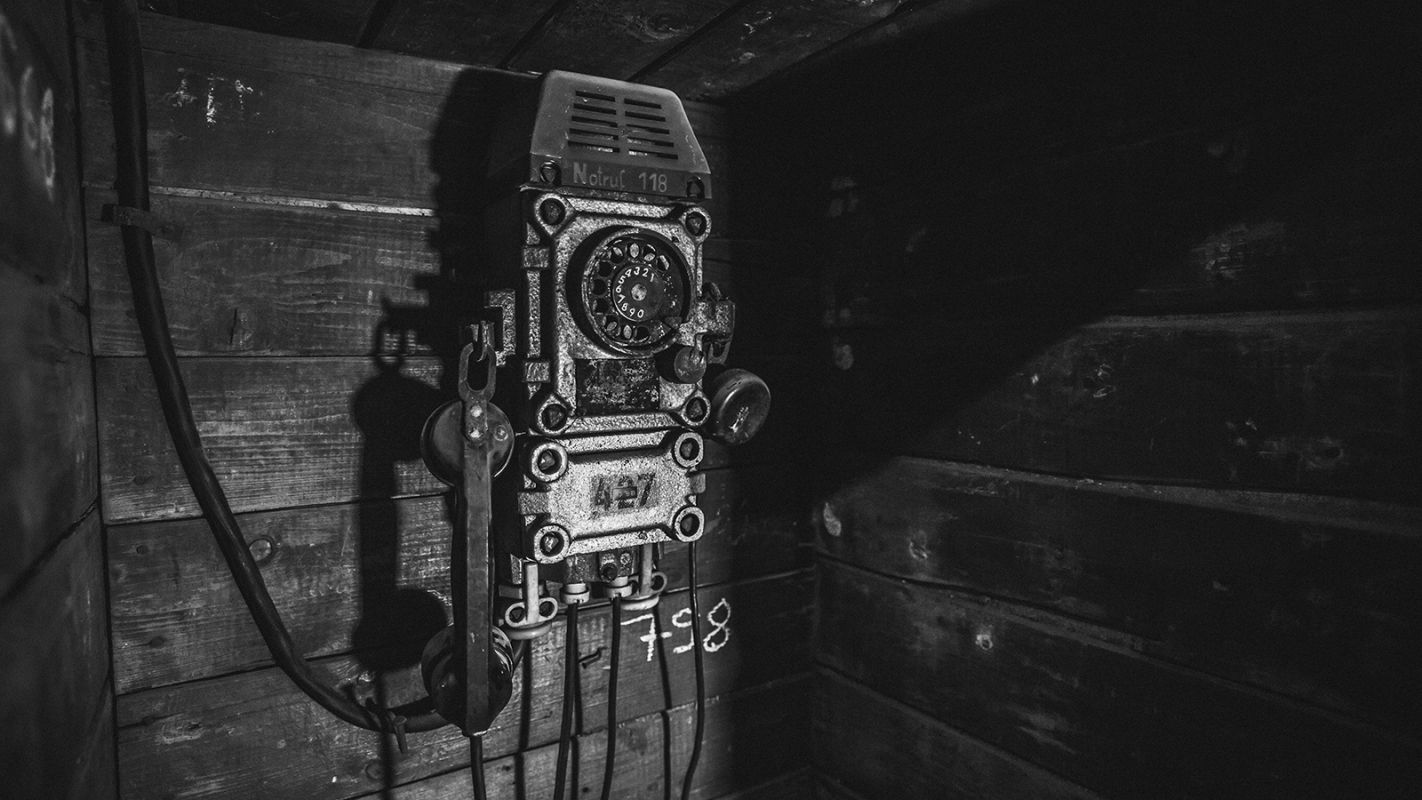History
From the ‘Glückauf’ potash mine to a modern service provider in mining-related field
The first potash seams and rock salt deposits were discovered beneath the Thuringian town of Sondershausen as long ago as in 1891. Both the town and the wider region experienced a rapid economic boom when the first potash mine opened in 1893. In GDR times, the Sondershausen site was integrated into East Germany’s potash conglomerate. By 1991, some three thousand people were working above and below ground at the mine in Sondershausen. Roughly 110 million tonnes of potash were extracted between 1896 and 1991.
Privatisation came in 1995 in the form of Glückauf Sondershausen Entwicklungs- und Sicherungsgesellschaft mbH (GSES). GSES has since grown into a modern, dynamic mining company, which also opens its doors to visitors: the show mine was established in 1998.
The first job undertaken by GSES was to backfill mining voids. Rock salt was first extracted in 2004. A permit was issued in 2005 for the operation of the underground disposal facility.
Backfilling mining voids enables GSES not only to prevent subsidence at ground level, but also to provide an ecological solution for the safe disposal of industrial waste material which makes sound financial sense too.
Facts and figures
-
1893 – Opening of the first potash mine at Sondershausen
-
The deposits extend over an area of 25 km2
-
Six shafts are sunk, the deepest of which reaches a depth of 750 m
-
110 million tonnes of potash are extracted here between 1896 and 1991 at depths of up to 1,100 m
-
58 million cubic metres of underground voids are created from the time when mining begins, many of which have now been backfilled
-
1991 Potash mining ceases
-
1991 to 2002 Backfilling of voids under the town of Sondershausen and the village of Grossfurra to make the old mining works safer
-
1995 Privatisation through the establishment of Glückauf Sondershausen Entwicklungs- und Sicherungsgesellschaft mbH (GSES)
-
1998 Show mine opens (EBBG)
-
2004 Start of rock salt mining
-
2005 Permit issued for operation of the underground disposal facility
-
2013 Schmidt, Kranz & Co. GmbH becomes the principal shareholder in the GSES Group
-
2015 Construction of a covered bridge leading to the lift cage to handle larger visitor numbers and optimise conveyance in the mine shaft
-
2016 Construction of a salt depot above ground
-
2017 Construction of a modern granulation plant to process filter dust and ash into building materials
-
2018 Erection of a new headframe at Shaft V

